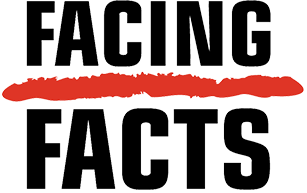The tables below sets out the evidence that was collated to understand and describe current strengths and weaknesses across the relationships that form national hate crime recording and data collection systems. It aims to build on and complement existing approaches such as OSCE-ODIHR’s Key Observations framework and its INFAHCT Programme.[1] Guidance that relates to what evidence can be captured, used and published by public authorities is contained in the International Standards section. This framework seeks to support an inclusive and victim-focused assessment of the national situation, based on a concept of relationships. It integrates a consideration of evidence of CSO-public authority cooperation on hate crime recording and data collection as well as evidence relating to the quality of CSO efforts to directly record and monitor hate crimes against the communities they support and represent.
Table one sets out the general approach to self-assessment and the main relationships in the ‘system’. Table two was used to complete the country-based description. It is important to note that there can be many different agencies playing some kind of role in recording and data collection within one country, especially in federalised systems. Where possible, we aimed to capture this complexity. For the purposes of this project, the focus is at the national level. Where there is information about significant regional differences within a country, this is highlighted. There can also be significant variations in the legal procedure that governs how cases progress from the investigation to prosecution stages across different jurisdictions. For example, cases can be directly reported to prosecutors as opposed to law enforcement; some cases are prosecuted by law enforcement, not prosecutors. Again, this methodology aims to reflect this complexity, however it remains a ‘work in progress’, amendable at the national level post-publication.
Click here to view table one: Self-assessments: general approach.
« RESEARCH QUESTIONS, METHODS & TIMELINE BACK TO TABLE OF CONTENTS METHODOLOGY PART II »
[1] ODIHR Key Observations, http://hatecrime.osce.org/sites/default/files/documents/Website/Key%20Observations/ KeyObservations-20140417.pdf; this methodology could also be incorporated in the framework of INFAHCT self-assessment, as described on pp. 22-23 here: https://www.osce.org/odihr/INFAHCT?download=true


 Facing Facts is co-funded by the Citizens, Equality, Rights and Values Programme
Facing Facts is co-funded by the Citizens, Equality, Rights and Values Programme